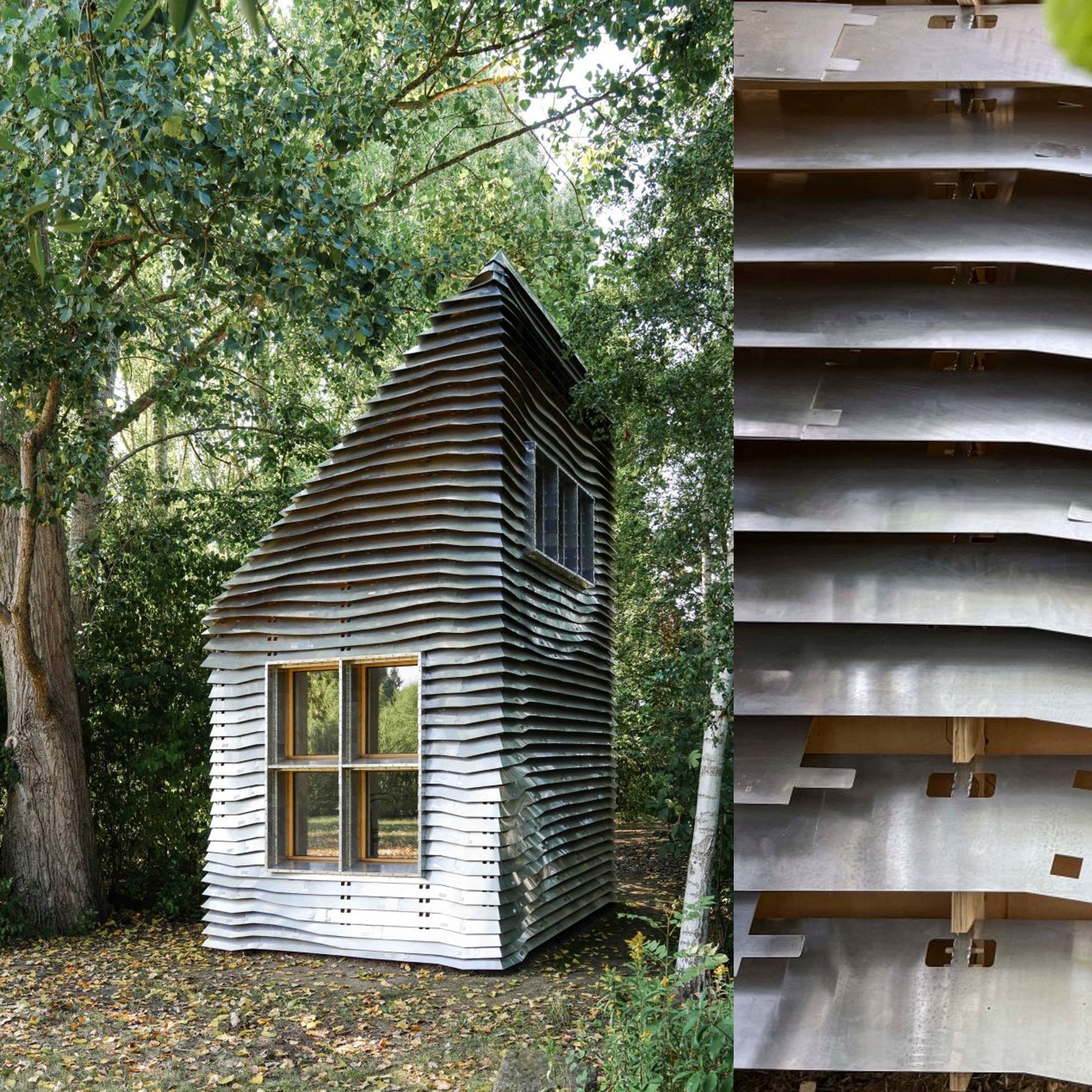

German designers Julian Krüger and Benjamin Kemper have taken the world of sustainable construction to the next level with the creation of Digital House. This innovative micro home is built entirely without the use of nails or screws and is designed to be easily disassembled and reused.
Constructed from recycled aluminium and timber, Digital House can be assembled by just two people without any traditional hardware. It relies on a plug-in assembly system for easy disassembly and reuse.
{alcircleadd}
The cruciform joint wood construction system made from 24-millimetre-thick CNC-milled plywood is the key feature of this system. This joint functions like a plug-in connection, allowing for effortless separation of components during disassembly and fast extensions during assembly.
The talented designer, Benjamin Kemper, spoke out: "Our main aim was to create a digitally fabricated, sustainable building system for an entire house and all its relevant architectural elements and requirements: foundation, floor, wall, openings, and roof."
"Two people can quickly assemble the house without traditional hardware such as screws or nails and the need for further tools," he continued. "This innovative design approach not only facilitates flexibility in construction but also furthers the project's sustainability goals by enabling material reuse," Kemper added.
The exterior of Digital House is wrapped in a recycled aluminium facade formed from wavy horizontal bands that slot into laser-cut sections. The bands are stacked around the home's exterior to form a rippling pattern, while natural wood fibre insulation fills the gap between the structure and the metal facade. Using recycled aluminium sheets for the entire facade results in notable energy savings and a massive reduction in greenhouse gas emissions.
Kemper asserted: "These aluminium sheets are laser cut to include all required fastening details and are attached to a sub-construction."
The German designer also analysed that the use of recycled aluminium for the entire façade assembly has resulted in "significant energy savings and a reduction in greenhouse gas emissions."
The interior of Digital House features an open-plan pinewood panel-lined space illuminated by two windows. With a rectangular footprint and a sloping ceiling, the home is accessed by a set of four steps.
To take the concept of customisation to the next level, the designers are developing an app that allows users to personalise the Digital House model, adapting properties ranging from the floor plan to the shape of the roof and windows.
The Digital House model is a sustainable and eco-friendly alternative to traditional construction that encourages the use of tool-free assembly and prefabrication. It is a testament to the designers' dedication to creating a more sustainable world.
"The tool-free assembly and plug-in approach could significantly reduce construction times and costs. Moreover, optimising renewable and recycled materials could be a milestone towards more sustainable building practices," Kemper concluded.



Responses






